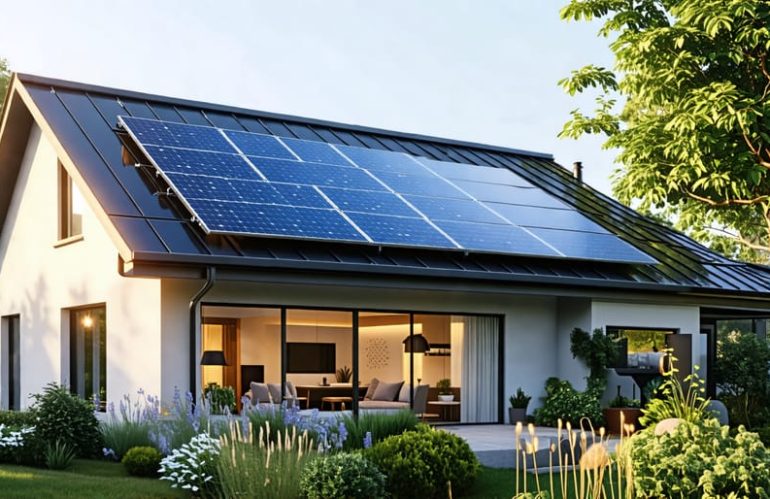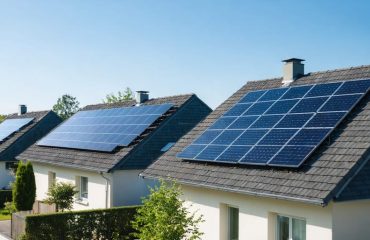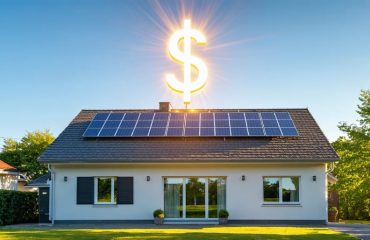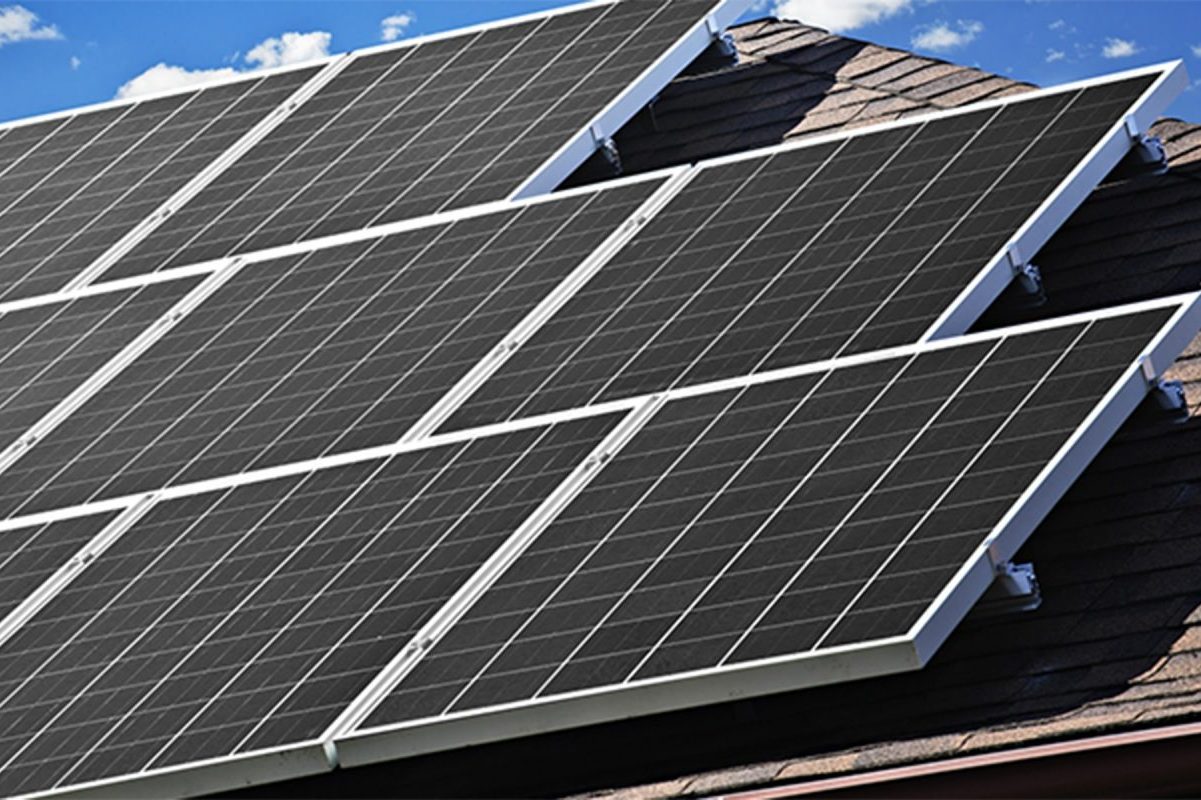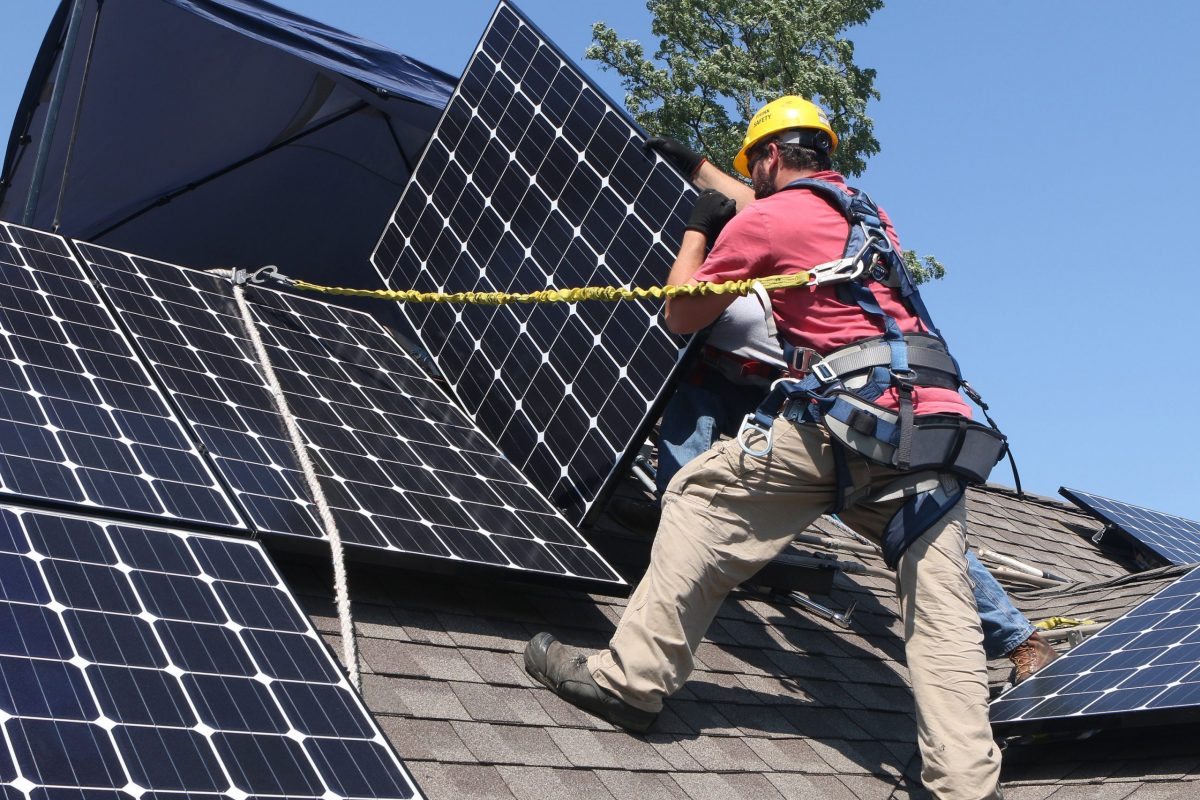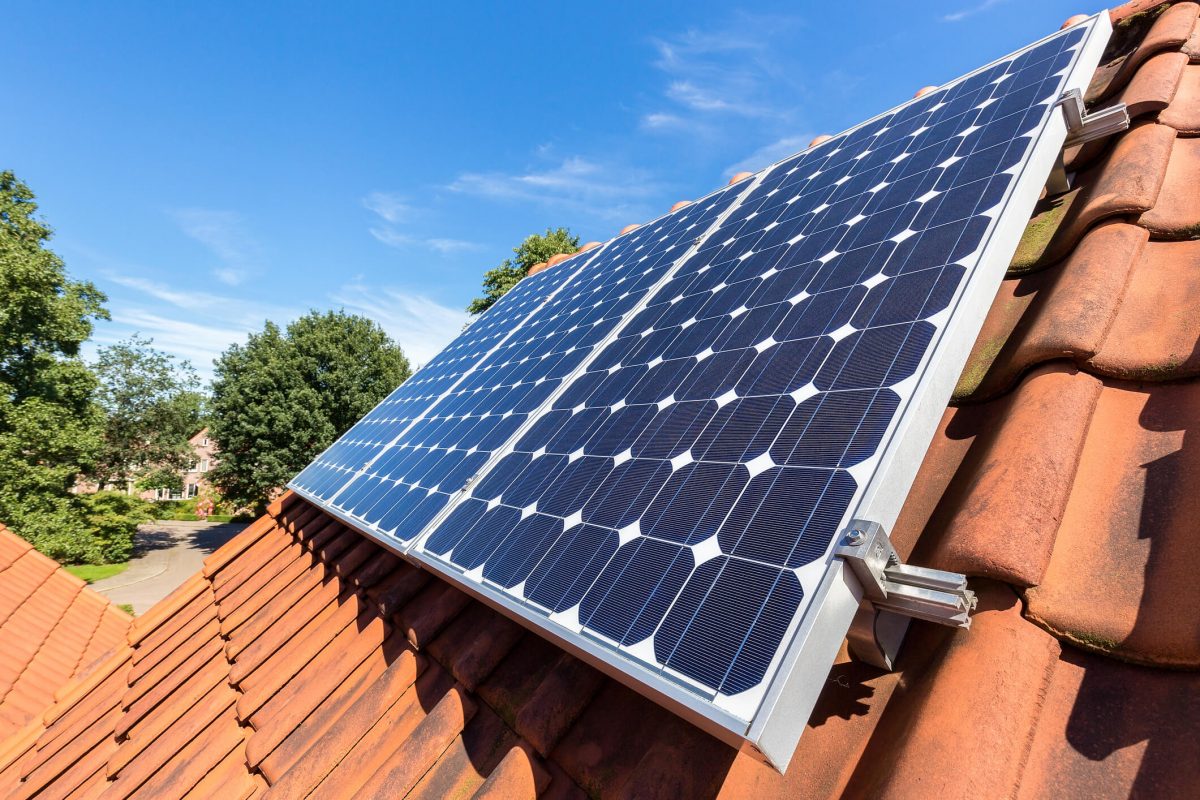Slash your electricity bills and harness the power of the sun by installing solar panels at home. While the upfront costs may seem daunting, savvy homeowners are discovering that solar is more affordable than ever thanks to plummeting equipment prices, attractive financing options, and generous government incentives. With the right setup, you could be generating clean, renewable energy for decades, insulating yourself from rising utility rates and even earning money by selling excess power back to the grid. As battery technology continues to improve, going solar is not only an environmentally responsible choice, but an increasingly cost-effective one. Read on to learn how you can reap the financial rewards of a solar-powered home.
Understanding the Upfront Costs
Solar Panel Costs
The cost of solar panels is influenced by several key factors, including the size of the system, the type and brand of panels selected, and the complexity of the installation process. Larger solar panel systems typically cost more due to the increased number of panels and associated hardware required. However, they also offer greater energy production capacity, potentially leading to higher long-term savings on electricity bills.
When considering different solar panel options, it’s important to note that prices can vary significantly between brands and models. Some panels are designed for high efficiency, while others prioritize durability or aesthetics. Monocrystalline and polycrystalline solar panels are the most common types, with monocrystalline panels generally being more efficient but also more expensive.
The cost of installing solar panels is another significant factor to consider. Installation costs can vary based on the complexity of your roof, the accessibility of the installation site, and local labor rates. It’s crucial to work with a reputable installer who can assess your specific needs and provide an accurate estimate of the total project cost.
While the upfront cost of solar panels may seem substantial, it’s essential to consider the long-term financial benefits. Solar panels can significantly reduce or even eliminate your monthly electricity bills, providing substantial savings over the lifespan of the system. Additionally, many states and utilities offer incentives, rebates, and tax credits that can help offset the initial investment, making solar more accessible and affordable for homeowners.
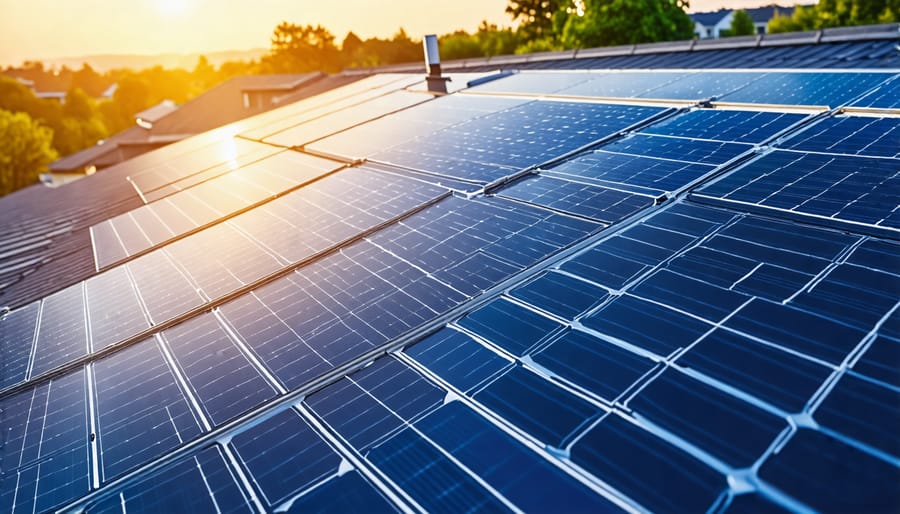
Battery Storage Costs
When it comes to battery storage for solar panel systems, there are several options available at different price points. The cost of a battery storage system depends on factors such as battery size, brand, and technology.
Lithium-ion batteries are the most popular choice for residential solar storage due to their high efficiency, long lifespan, and declining costs. Brands like Tesla Powerwall, LG Chem, and Sonnen offer lithium-ion batteries ranging from around $5,000 to $15,000, depending on the storage capacity and features.
For example, the Tesla Powerwall has a storage capacity of 13.5 kWh and costs approximately $11,000, including installation. LG Chem’s RESU battery series ranges from 3.3 kWh to 16 kWh, with prices starting at about $4,000.
Lead-acid batteries, while less expensive upfront (around $2,000 to $5,000), have a shorter lifespan and lower efficiency compared to lithium-ion options. They also require more maintenance and have a larger footprint.
The size of the battery you need depends on your energy consumption and storage requirements. A larger battery capacity will cost more but provide longer backup power during outages and increased energy independence.
Installing a battery storage system alongside your solar panels can qualify you for additional incentives, such as the federal tax credit and state-specific rebates, further reducing the overall cost.
As battery technology advances and demand increases, prices are expected to continue falling, making storage an increasingly attractive option for homeowners looking to maximize their solar investment and achieve greater energy resilience.

Incentives and Rebates
Installing solar panels and battery storage systems can be a significant investment, but there are numerous incentives, rebates, and tax credits available that can substantially reduce the upfront costs. The federal government offers a 26% investment tax credit (ITC) for solar installations, which means you can deduct 26% of the cost of your solar system from your federal taxes. This credit applies to both residential and commercial installations and has been extended until 2022.
Many states also offer their own incentives, such as cash rebates, property tax exemptions, and performance-based incentives (PBIs). These incentives vary by state but can significantly reduce the cost of going solar. For example, California’s Self-Generation Incentive Program (SGIP) provides rebates for installing battery storage systems, while New York’s Megawatt Block Incentive Structure offers direct incentives for solar installations based on system size.
Utility companies often provide rebates and incentives for solar installations as well. These programs may include net metering, which allows you to sell excess electricity back to the grid, or feed-in tariffs that pay you a premium rate for the solar energy you generate. Check with your local utility provider to see what incentives they offer.
In addition to these incentives, there are also financing options available that can make going solar more affordable. Many solar installers offer leasing or power purchase agreements (PPAs) that allow you to install solar with little or no upfront cost. With these options, you pay a monthly fee to the solar provider in exchange for the electricity generated by the panels.
By taking advantage of these incentives, rebates, and financing options, you can significantly reduce the upfront cost of installing solar panels and battery storage systems. Be sure to research the specific incentives available in your area and consult with a qualified solar installer to determine the best options for your home or business.
Long-Term Financial Benefits
Reduced Energy Bills
Generating your own electricity with solar panels and storing unused power in a battery can significantly reduce your energy bills. By harnessing the sun’s energy during the day, you can power your home and even sell excess electricity back to the grid, earning credits on your utility bill. When the sun sets, you can draw from your stored battery power, minimizing reliance on the grid during peak hours when electricity rates are highest. This combination of solar panels and battery storage can lead to substantial savings over time.
The amount you save depends on factors like your location, energy consumption, and the size of your solar panel and battery system. However, many homeowners report saving hundreds or even thousands of dollars annually on their energy bills after switching to solar. Additionally, as electricity rates continue to rise, the savings from solar become even more significant. By generating your own clean energy, you not only reduce your carbon footprint but also protect yourself from future rate hikes. With solar panels and battery storage, you can take control of your energy costs and enjoy the peace of mind that comes with a more self-sufficient and sustainable lifestyle.
Protection from Rising Electricity Rates
As utility rates continue to climb, many homeowners are seeking ways to protect their budgets from the unpredictable costs of electricity. Solar panels and battery storage offer a compelling solution, providing a hedge against future rate hikes. By generating your own clean energy, you can significantly reduce or even eliminate your reliance on the grid, safeguarding your household from the financial impact of rising electricity prices.
With solar panels, you harness the power of the sun to produce electricity for your home, minimizing the amount of energy you need to purchase from your utility company. When paired with a battery storage system, you can store excess solar energy generated during the day for use at night or during power outages, further reducing your dependence on the grid.
As utility rates continue to rise, the savings from your solar and battery system will only increase over time. In fact, many homeowners find that their solar panels pay for themselves within a few years, thanks to the substantial savings on their electricity bills. By investing in solar and battery storage, you can lock in lower energy costs for decades to come, protecting your budget and ensuring a more sustainable future for your home.
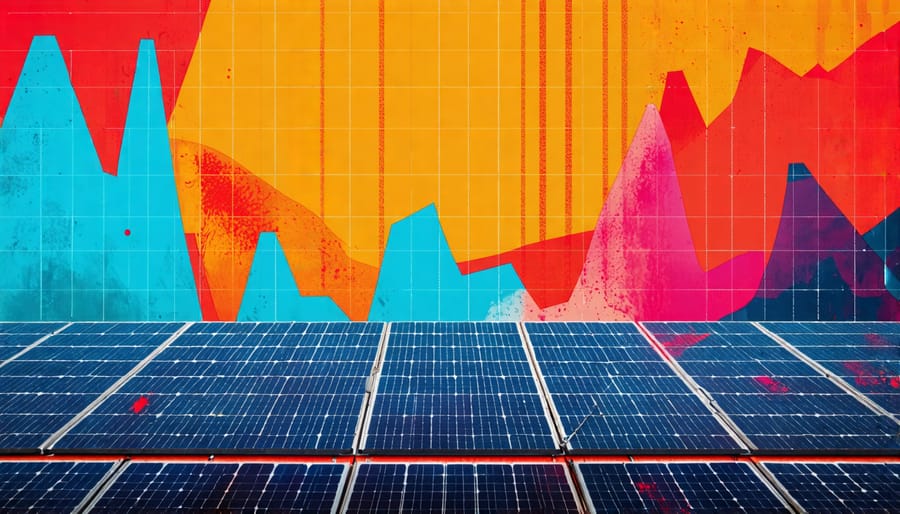
Financing Options
Financing solar panels and battery storage can make the transition to clean energy more affordable. Many solar companies offer leasing options, allowing homeowners to install a system with little to no upfront cost. Monthly lease payments are often lower than traditional utility bills, resulting in immediate savings. For those who prefer to own their system, solar loans provide a path to ownership with low interest rates and fixed monthly payments. Homeowners can also explore government incentives, such as the federal solar tax credit, which can significantly reduce the overall cost of installation. Additionally, some states and municipalities offer rebates, grants, and performance-based incentives to encourage solar adoption. By taking advantage of these financing options and incentives, homeowners can make their solar and battery investment more budget-friendly while enjoying long-term energy savings and contributing to a more sustainable future. It’s essential to research and compare various financing options to find the best fit for your specific needs and financial situation.
The True Value of Energy Independence
While the upfront costs of solar panels and batteries may seem daunting, it’s essential to consider the long-term financial and environmental benefits. Solar energy offers a path to true energy independence, allowing homeowners to break free from the volatility of traditional energy markets and rising utility costs. By generating your own clean electricity, you can significantly reduce or even eliminate your monthly energy bills, resulting in substantial savings over the lifetime of your solar system. Moreover, the environmental impact of going solar cannot be overstated. By embracing renewable energy, you are actively contributing to the fight against climate change, reducing your carbon footprint, and promoting a sustainable future for generations to come. In a world increasingly focused on green solutions, investing in solar not only makes financial sense but also demonstrates a commitment to responsible stewardship of our planet. While the initial investment may require careful planning, the rewards of energy independence, financial stability, and environmental consciousness make solar an undeniably wise choice for forward-thinking homeowners.

